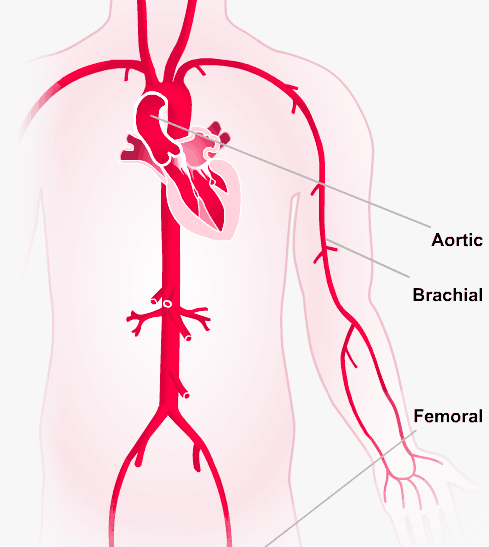Clinical Researchers Choose ATCOR
Digital vascular biomarkers accelerate a researcher’s understanding of vascular health and the relationships with socioeconomic disparities in health and chronic diseases. ATCOR improves patient outcomes with biomarker monitoring.
Expand Academic Grants
- Enhance grant aims and writing with ATCOR
- Diversify research programs
- Design for patient outcomes
- Collect population biomarker data

Vital Signs Monitoring Provides Greater Physiological Understanding
Using ATCOR’s SphygmoCor® technology, researchers are able to collect and assess clinically relevant digital vascular biomarkers that help facilitate better routine patient monitoring across a wider population. These biomarkers also shed insight into subclinical changes in the arterial system that improve the efficacy of clinical research therapies across multiple therapeutic areas.
ATCOR’s digital vascular biomarkers benefit patients everywhere
SphygmoCor at a Glance
All “Top 20 Hospitals” use SphygmoCor technology to measure central blood pressure (cBP)
1,400+ studies using the SphygmoCor technology have been published in peer-reviewed clinical publications.
8 out of Top 10 Pharma companies have used SphygmoCor technology in their clinical trials
Over 11,000 patients have been tested with SphygmoCor technology in pharmaceutical trials
Want to Learn More?
By submitting this form, you consent to our Privacy Policy and Terms & Conditions



